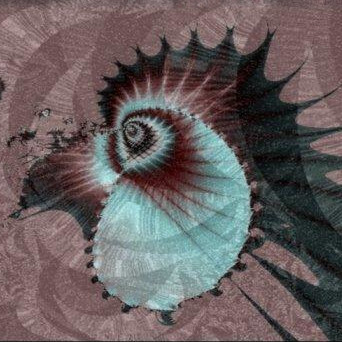(Initially posted in c/drugs but thought it would get more engagement here)
I was thinking about the way cannabis is increasingly legal in the US, and I'm starting to see it as a symptom of balkanization in this country that might start to become the model for the legalization of other drugs.
To explain: In most places in the US it is either legal or de facto legal despite the fact that until this year it was federally considered a schedule I controlled substance alongside Heroin, LSD, and many other widely known recreational drugs. For decades the federal government considered cannabis to be wholly unsuitable for all medical use and too dangerous for scientists to even research. They dedicated vast resources into destroying cannabis farms and putting cannabis users, dealers, and growers into prison. It was in a legal category more severe than fentanyl and many of its analogues.
Without even changing those laws, we got to a place where most states decided to just hand out licenses to businesses to grow and sell it, and allow anyone over the age of 21 to buy it.
I think the research chemical scene has by now made it clear that recreational drugs are not a finite group. New drugs are invented all the time. In the same way, new plants containing psychoactive compounds are either discovered or popularized all the time. They do not necessarily start their lives in the public consciousness with stigma, and they can be just as benign or deadly, euphoric or dysphoric, sedating or stimulating, psychedelic or inebriating as any classic, widely known drug.
The way the federal government categorized drugs and the way the DEA enforced drug law was never rational when you approach it from the goal of reducing the harm drugs cause socially. In actuality it was always about maintaining a legal and socially acceptable avenue for continuing this country's legacy of racism and slavery.
What this means is that which new drugs are to be banned, which are to be ignored, and which are to be accepted is an entirely local matter determined by which marginalized communities can be connected to each drug for purpose of stigmatization. With increasing social disunity across the states, we might begin to see certain drugs became wide spread and tolerated in certain states but treated with extreme hostility elsewhere. A situation like this would paralyze the ability of the DEA to gain enough cooperation from local law enforcement to curtail production and distribution, leading to decrease in stigmatization and eventually the relaxation in attitudes even in places where the stigmatization began.


Sorta, in actuality it was created with the intent to get around the 1st amendment protections and silence the civil rights and anti war dissenters of the time, the relevant quote about this is below. After the Vietnam War ended and the Civil Rights Act got passed it turned into what you describe it is today.
Yeah this is definitely where we get the whole scheduling system for drugs and modern federal apparatus for controlling drugs via law enforcement. I was getting more at how the impulse for criminalizing drugs in general started at a more local level in the US where criminalization of cannabis and opium were used by state governments to target racial minorities as early as the mid 1800s.